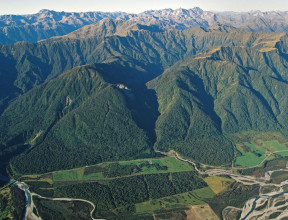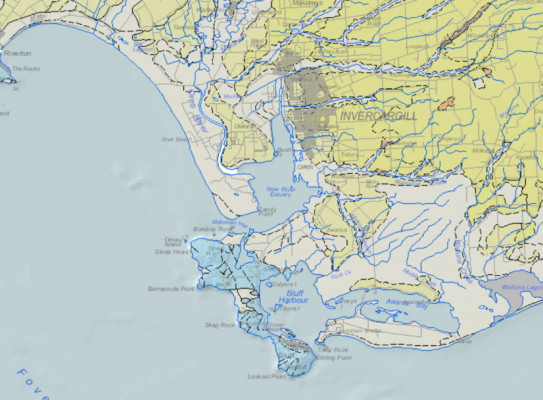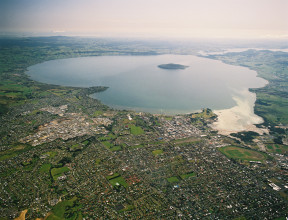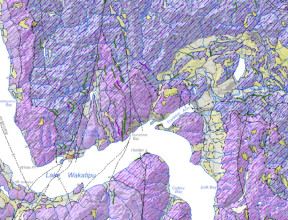
Invercargill

Geological Summary
The city of Invercargill is built upon Early to Late Quaternary alluvial and swamp sediment that overlie Oligocene to Pliocene sedimentary rock. The hills around Bluff are formed of mafic to ultramafic igneous rock of Permian age.
Maps and Information
There are no geological mapping projects underway or imminent in the Invercargill area. Previously completed maps include:
2003/2018: QMAP 1:250 000 geological map
For wider and more generalised geological context of the Invercargill area, a 1:250 000 geological map was printed with an accompanying an explanatory text. Digital GIS and image versions of the map are available on DVD. The digital version has since been updated in a national GIS dataset at that nominal scale. The underlying GIS datasets have rich feature attributes.
- Turnbull, I.M., Allibone, A.H. (compilers) 2003. Geology of the Murihiku area(external link). Institute of Geological & Nuclear Sciences 1:250 000 geological map 20. Lower Hutt, New Zealand. Institute of Geological & Nuclear Sciences Limited. 74 p. + 1 sheet.
- Heron, D.W. (custodian) 2018. Geological Map of New Zealand 1:250 000(external link). GNS Science geological map 1 (2nd edition). Lower Hutt, New Zealand. GNS Science.
A geological map image can be downloaded(external link) or interrogated through the geological map application(external link). For GIS users, the QMAP geological feature layers can be downloaded from GNS Science’s Web Map/Feature Service(external link).
2001: Unpublished 1:50 000 geological map of Invercargill City
- A geological map was prepared by GNS Science for Invercargill City Council (Thomas & Turnbull 2001).
For GIS users, the layer NZL-Urban Invercargill geological units can be downloaded from GNS Science’s Web Map Service(external link).


